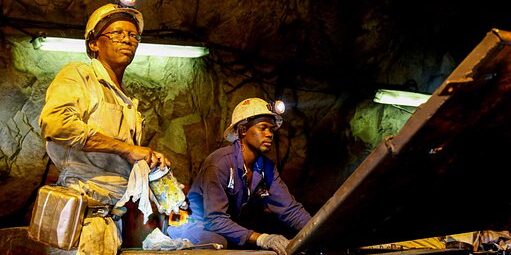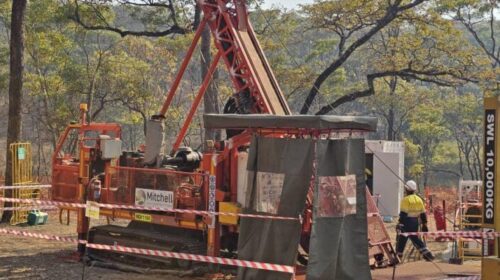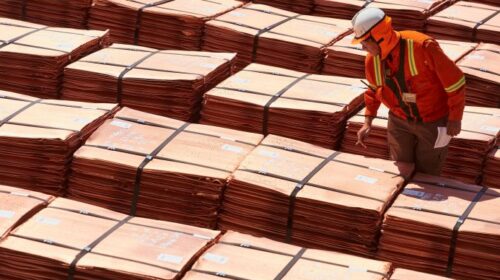Premium Nickel Aims To Re-open Selebi Mine In Botswana
Premium Nickel Resources says drill results at its Selebi nickel-copper-cobalt project in Botswana advance the concept that two past-producing deposits there are connected at depth.
The Toronto-based company acquired the project, 400 km north of the capital of Gaborone, in January and is aiming to find links between the Selebi north and south deposits, which are separated by about 3 km, the company said in a news release on Thursday
Highlights are diamond drill hole SMD-22-006a-W2, which cut 9.8 metres from 1,581.5 metres down hole grading 0.97% nickel, 1.74% copper and 0.03% cobalt for 1.56% nickel equivalent, including 6.80 metres grading 1.28% nickel, 2.35% copper and 0.04% cobalt for 2.06% nickel equivalent.
The same hole also returned 4.65 metres from 1,639.8 metres depth grading 1.1% nickel, 1.24% copper and 0.04% cobalt for 1.55% nickel equivalent. It’s the first time Premium has found significant widths and grades in this deeper interval, it said.
The latest assays follow other drill results released in September and August. Drilling down-dip to the west intercepted thicker intervals of mineralization than reported in 2016 by previous owners, Premium said.
“Selebi Mine could be a single continuous mineralized system,” CEO Keith Morrison said in the release. “The borehole geophysics has been very successful in imaging highly conductive metallic mineralization along the down-dip structure possibly joining the two deposits.”
The drilling so far hasn’t fully defined the plunge direction or dip extent of the ore body’s thickening, Premium said. But borehole electromagnetic data is being analyzed to refine the location of the controlling structures for more precise drilling next year with additional rigs, it said.
The past-producing Selebi mine had two shafts – Selebi and Selebi North – situated about six km apart. Mining started in 1980 and ended in 2016, when the operations were placed on care and maintenance due to a failure in the offsite Phikwe processing facility, the company says.
Premium wants to re-open the Selebi mine as well as its past-producing Selkirk mine about 75 km to the north. Botswana parastatal company BCL ran Selebi and acquired Selkirk, which had been run by Russia’s Norilisk Nickel, shortly before BCL failed in 2016.
The surge in demand for nickel and copper to build electric vehicle batteries and other modern technologies is pushing some developers to consider past-producing mines. New projects can modernize operations to use less water and power while gaining more metal from the ore. Africa also benefits from abundant solar energy and inexpensive labour.
The Selebi south deposit has a resource of 11.28 million tonnes grading 0.98% nickel and 1.9% copper, according to a 2016 study that followed South African Mineral Resource Committee guidelines, but wasn’t compliant with NI-43-01 rules for Canadian listed companies. It also showed the Selebi north deposit with 4.64 million tonnes grading 1.06% nickel and 0.96% copper.
Selkirk has 6 million indicated tonnes grading 1.06% nickel and 0.36% copper at a cut-off grade of 0.75% nickel, according to an NI 43-101 resource estimate in 2007.
Premium says its preparation of a preliminary economic assessment for next year targets resources of 23 million tonnes at Selebi south, 10 million tonnes at Selebi north and 55 million tonnes at Selkirk.
Premium’s Selkirk would be an open-pit operation. Anglo American mined 1 million tonnes at Selkirk grading 2.6% nickel and 1.5% copper between 1989 and 2002 when the massive sulphide material was exhausted.
Premium also holds the Maniitsoq nickel-copper-cobalt project on the west coast of Greenland, the Post Creek/Halcyon property in Sudbury, Ont. and five exploration permits in Morocco.
31 total views , 1 views today





